
Ingredient
Vitamin K (phylloquinone, menaquinones)
The Mighty Nutrient: Unveiling the Power of Vitamin K
Vitamin K is a fat-soluble vitamin that exists in two primary forms: phylloquinone (K1) and menaquinones (K2). Phylloquinone is commonly found in green leafy vegetables like spinach, kale, and broccoli, while menaquinones are produced by bacteria in the gut and can also be obtained from fermented foods like natto and cheese. This essential nutrient is responsible for activating proteins involved in blood clotting, promoting bone mineralization, and regulating calcium metabolism. In terms of taste, texture, and appearance, vitamin K itself is odorless and tasteless, as it is primarily found in food sources rather than consumed in its pure form.
Origins and history
The discovery of vitamin K dates back to the early 20th century when Danish scientist Henrik Dam identified its role in blood clotting. The name "vitamin K" originates from the German word "koagulation," reflecting its importance in the coagulation process. Over time, researchers uncovered the different forms of vitamin K and their distinct functions. Culturally, vitamin K-rich foods have been consumed for centuries in various cuisines, particularly in regions where leafy greens and fermented foods are staples.
Nutritional information
Vitamin K is a crucial nutrient for blood clotting, bone health, and cardiovascular function. It aids in the activation of proteins involved in clotting, supports bone mineralization, and helps regulate calcium metabolism. One cup of raw spinach, for example, provides approximately 145 micrograms of vitamin K, meeting the daily recommended intake for adults.
Allergens
There are no known allergens associated with vitamin K.
How to select
When selecting vitamin K-rich foods, look for fresh, vibrant green leafy vegetables like spinach, kale, and Swiss chard. Choose vegetables with crisp leaves and avoid any signs of wilting or discoloration. For fermented foods like natto or cheese, check for freshness and ensure they are stored properly to maintain their quality.
Storage recommendations
To maintain the freshness and quality of vitamin K-rich foods, store them properly. Leafy greens should be refrigerated in a plastic bag or airtight container to prevent wilting. Fermented foods like natto or cheese should be stored according to their specific instructions, typically in the refrigerator.
How to produce
Vitamin K is not directly produced by individuals, as it is primarily obtained through dietary sources. However, individuals can support the production of menaquinones (K2) by maintaining a healthy gut microbiome through the consumption of probiotic-rich foods and a balanced diet.
Preparation tips
To maximize the absorption of vitamin K, it is recommended to consume it with a source of dietary fat, as it is a fat-soluble vitamin. Incorporate vitamin K-rich foods into salads, stir-fries, smoothies, or sautés. For fermented foods, enjoy them as toppings, spreads, or additions to dishes for a tangy and nutritious boost.
Culinary uses
Vitamin K-rich foods are commonly used in various culinary applications. Leafy greens like spinach and kale are often used in salads, soups, smoothies, and sautés. Fermented foods like natto and cheese can be enjoyed as toppings, spreads, or incorporated into dishes for added flavor and nutritional benefits.
Availability
Vitamin K-rich foods are commonly available in many regions worldwide. Leafy greens like spinach, kale, and Swiss chard are widely cultivated and can be found in grocery stores, supermarkets, and farmers markets. Fermented foods like natto and cheese may have more limited availability and can often be found in specialty stores or international markets.
More ingredients from this category » Browse all

Vitamin B3 (niacin, niacinamide)
The Essential Nutrient: Unveiling the Power of Vitamin B3
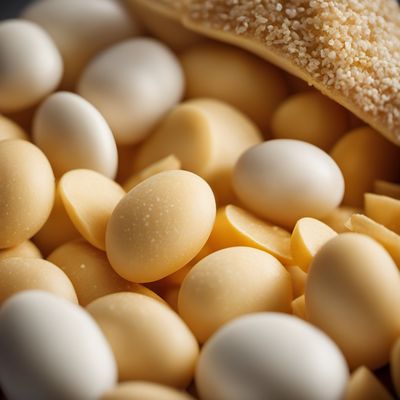
Vitamin B9 (folic acid, folinic acid)
The Essential Nutrient for Cell Growth and Development
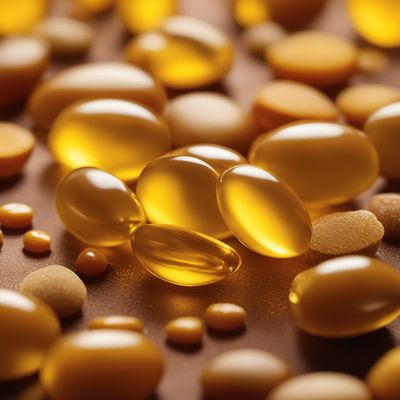
Vitamin E (tocopherols, tocotrienols)
The Antioxidant Powerhouse

Vitamin B1 (thiamine)
The Essential Energy Booster
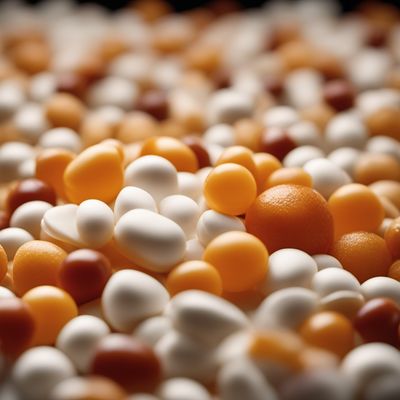
Vitamin B5 (pantothenic acid)
The Essential Nutrient: Unveiling the Power of Vitamin B5

Vitamin C (ascorbic acid)
The Immunity Booster: Unveiling the Power of Vitamin C

Vitamin B7 (biotin)
The Beauty Vitamin: Unveiling the Wonders of Biotin

Vitamin A (retinol, carotenoids)
The Vision Booster
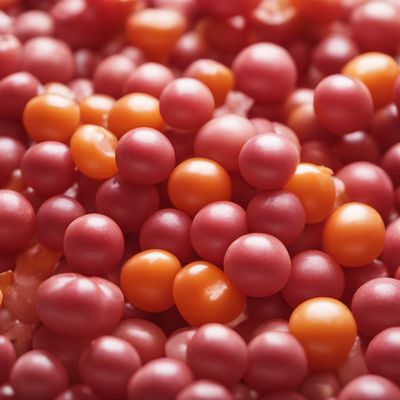
Vitamin B6 (pyridoxine, pyridoxamine, pyridoxal)
The Essential Nutrient Trio: Unveiling the Powers of Vitamin B6
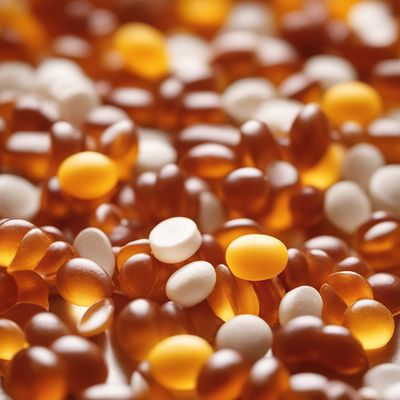
Vitamin B2 (riboflavin)
The Radiant Nutrient
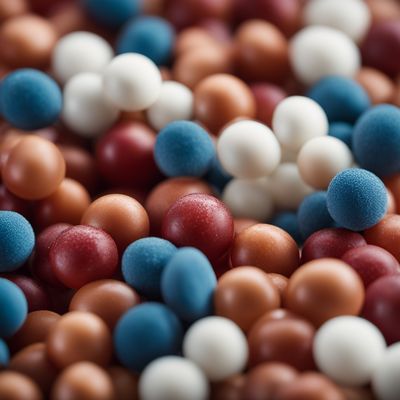
Vitamin B12 (cyanocobalamin, hydroxocobalamin, methylcobalamin)
The Essential Vitamin: Unveiling the Power of B12

Vitamin D (cholecalciferol, ergocalciferol)
"The Sunshine Vitamin: Unlocking the Power of Vitamin D"